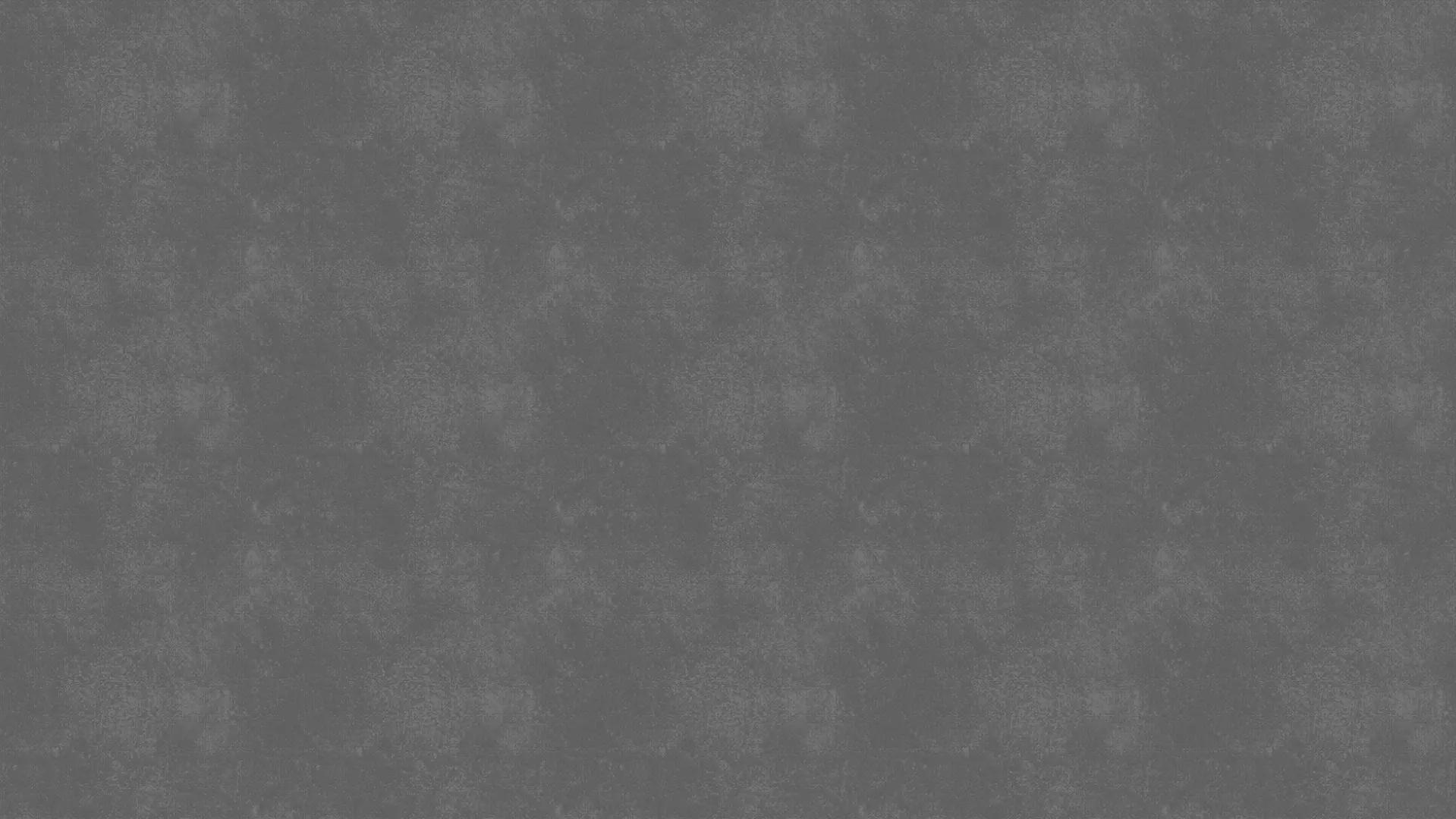What Problems do we Face in a Dirt Crawl Space?
A silent threat below you could be affecting the structural integrity and general health of your house. Despite its concealed nature, the crawl space plays a pivotal role in your home's overall well-being. This blog post will inform you of the consequences of having a dirt crawl space and emphasize how important it is to take care of this often-neglected area of your home.
But first, what is a dirt crawl space, and why do they exist?
A dirt crawl space is a common foundation type in homes, particularly in older constructions. It's a shallow space beneath the house that is accessible for maintenance, unlike complete basements or concrete slabs. The floor in a dirt crawl space consists of bare earth. These are the most common types of crawl spaces.
- Moisture Intrusion: Dirt crawl spaces are magnets for moisture intrusion. Exposed soil readily absorbs rainwater, leading to standing water, damp soil, and elevated humidity levels. This moisture becomes a breeding ground for mold, wood rot, and decay, posing a serious threat to your home's integrity.
- Mold and Mildew Proliferation: Damp conditions and organic material in a dirt crawl space create an ideal environment for mold and mildew growth. Beyond structural concerns, these fungi can compromise indoor air quality, affecting the health of occupants throughout the entire home. Addressing the moisture source is imperative to prevent their proliferation.
- Structural Damage: The deterioration of structural components is a common consequence of dirt crawl spaces. Continued exposure to moisture can lead to bulging or sagging floors, or a trampoline effect, rotting and degrading wood beams, floor joists and even foundations. This degradation jeopardizes the stability and safety of your home, necessitating potentially costly repairs.
- Pest Infestations: An exposed dirt crawl space is an open invitation to pests. Insects, rodents, and other unwelcome guests are drawn to the damp environment and organic matter in the soil. Once infested, these pests can cause damage to insulation, wiring, and other essential elements, exacerbating potential health hazards.
- Energy Inefficiency: Homes with dirt crawl spaces often experience heightened energy bills. The dampness in the soil disrupts temperature regulation, challenging your HVAC system's ability to maintain a comfortable indoor environment. Sealing and insulating the crawl space can contribute significantly to overall energy efficiency.
- Health Risks: Mold spores and allergens generated in a dirt crawl space can circulate throughout the home via air ducts, resulting in respiratory issues, allergies, and other health concerns for occupants. The creation of a dry and encapsulated crawl space is vital to ensure a healthy living environment.
While a dirt crawl space may appear inconspicuous, its adverse effects can reverberate throughout your entire home. From compromising structural integrity to posing health risks, leaving this space exposed is not an option. Proactive measures, whether through encapsulation, moisture control, or other effective solutions, are essential for your home's health and your family's well-being. Don't let the hidden hazards below compromise the sanctuary above.

